From Bayous to Backyards: The Sizzling History of Cajun Cooking and How to Master It Today
If you've ever tasted a bubbling pot of gumbo or a plate of zesty jambalaya, you’ve felt the soulful heat of Cajun cooking. But behind every spice-laden spoonful lies centuries of cultural evolution, migration, and culinary ingenuity.
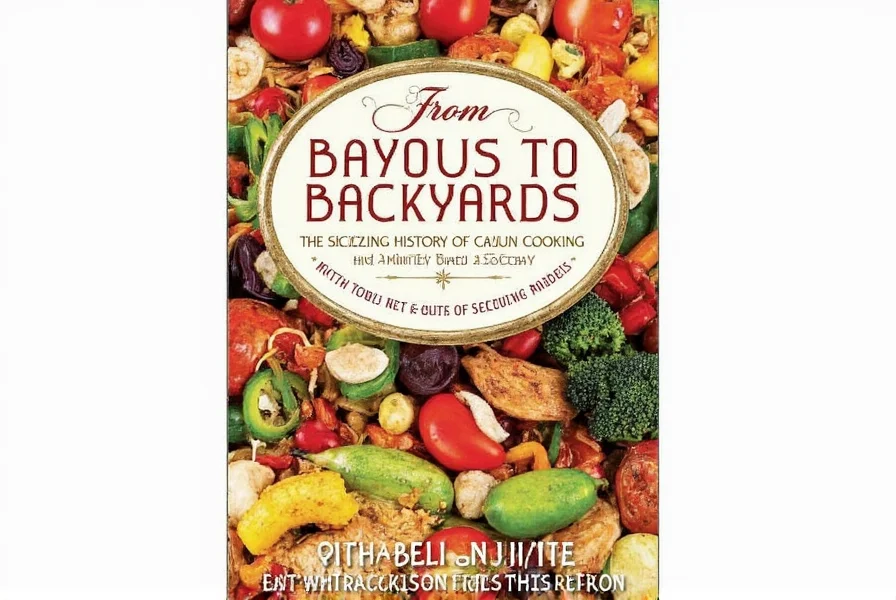
In this article, we’ll uncover the origins of Cajun cooking, explore how it evolved over time, and offer you hands-on tips and tools to bring that deep flavor home. Whether you're an amateur spice lover or a seasoned cook looking for authenticity, there's something here for everyone.
Table of Contents
- A Deep Dive into Cajun Cooking History
- The Holy Trinity and Beyond: Key Ingredients in Cajun Cuisine
- Cooking Techniques That Define Cajun Flavor
- Buying Guide: Essential Tools & Spices for Your Cajun Pantry
- Modern Twists on Classic Cajun Dishes
- Conclusion: Spice Up Your Life with Cajun Magic
A Deep Dive into Cajun Cooking History
Cajun cuisine isn’t just about spice—it’s a story of resilience, adaptation, and community. Its roots stretch back to the French-speaking Acadians who were expelled from Canada by the British during the Great Expulsion (Le Grand Dérangement) between 1755 and 1763.
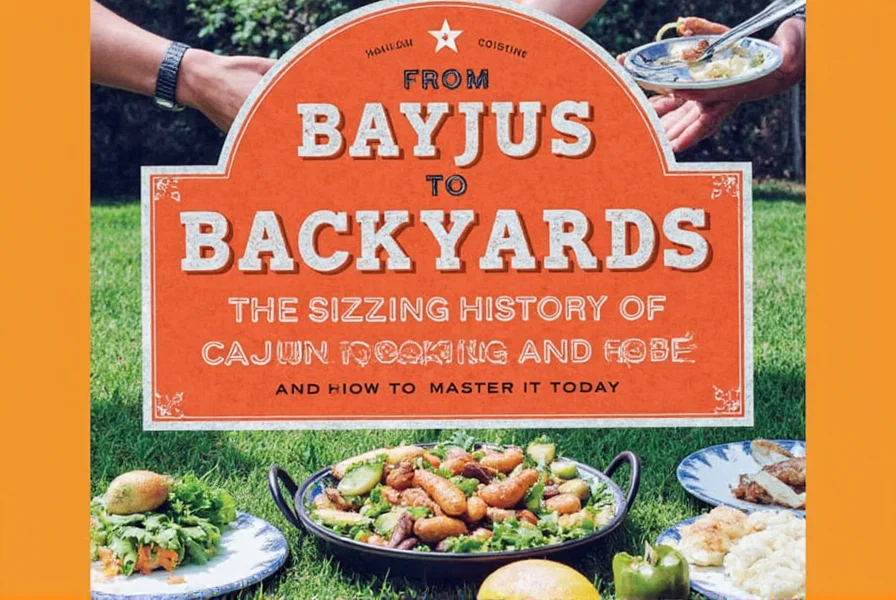
These displaced people eventually settled in southern Louisiana, bringing with them their rustic cooking techniques and love of hearty stews. Over time, they blended their culinary traditions with the ingredients available in their new environment—local seafood, game meats, and indigenous spices.
The Cultural Melting Pot
As the Acadians integrated with Native Americans, Spaniards, Africans, and Creoles, their cuisine transformed. Each group contributed flavors and methods that enriched Cajun food:
- Natives: Introduced corn, filé powder (ground sassafras leaves), and local herbs.
- Africans: Brought okra and rice-based dishes like gumbo.
- Spaniards: Added peppers, tomatoes, and garlic to the mix.
- Creoles: Influenced richer sauces and more complex seasoning blends.
Cajun vs. Creole: What’s the Difference?
| Feature | Cajun | Creole |
|---|---|---|
| Origins | Rural, Acadian settlers | New Orleans urban culture |
| Spice Level | Bolder, spicier | Milder, more refined |
| Signature Dish | Jambalaya (drier) | Gumbo (roux-based) |
| Main Influences | French, Native American | Spanish, Italian, African |
The Holy Trinity and Beyond: Key Ingredients in Cajun Cuisine
No conversation about Cajun cooking is complete without discussing the Holy Trinity—the base trio of onions, bell peppers, and celery. These three ingredients are the backbone of almost every savory Cajun dish.
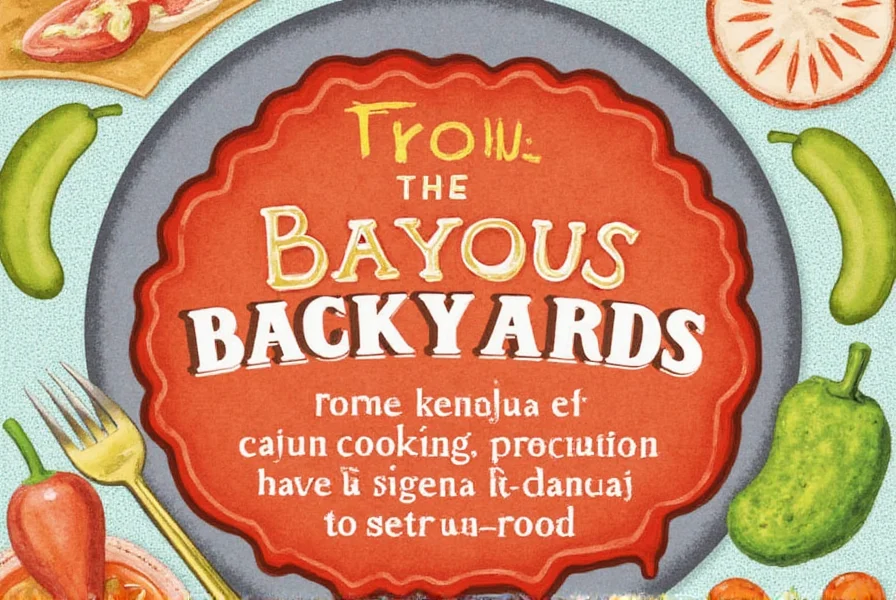
But Cajun flavor doesn't stop there. Here’s a breakdown of essential ingredients and spices that define the style:
Essential Cajun Ingredients
- Cayenne pepper: For that signature kick
- Paprika: Adds color and mild sweetness
- Garlic powder: For depth and aroma
- Dried thyme: Earthy undertones
- Black pepper: Often used in abundance
- Tabasco or hot sauce: Finishing touch for extra fire
Ready-Made Cajun Seasonings
If you’re short on time or want consistent results, pre-mixed Cajun seasonings can be a lifesaver. Popular brands include:
- Zatarain’s: Mild and balanced, great for beginners
- Tony Chachere’s: More robust and traditionally spiced
- Slap Ya Mama: For those who like serious heat
Cooking Techniques That Define Cajun Flavor
Cajun cuisine isn’t just about what you cook—it’s how you cook it. Traditional methods emphasize long simmering, browning, and smoking to coax out maximum flavor.
Slow Simmering
Cajun dishes like gumbo and étouffée benefit from slow simmering, which allows the spices and aromatics to meld beautifully.
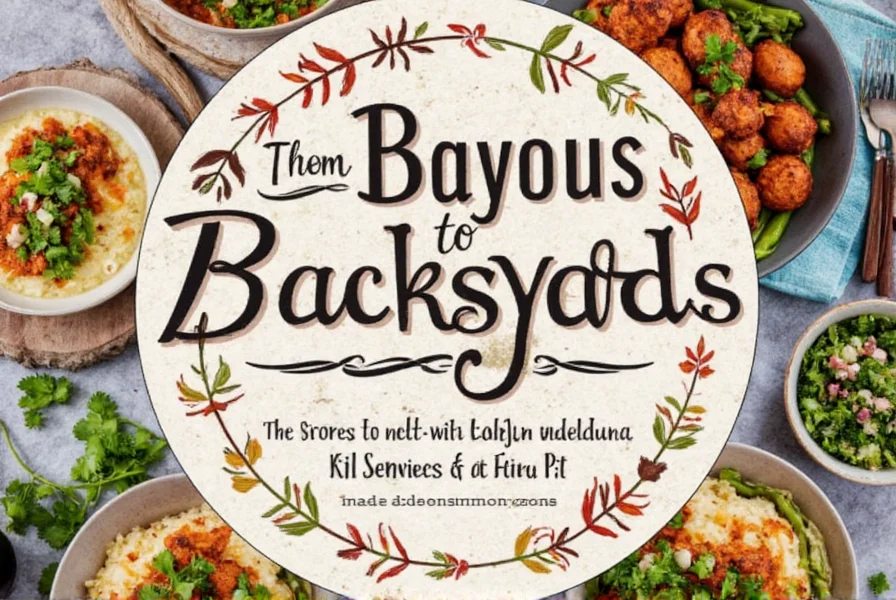
Cast Iron Skillet Searing
Whether it’s a catfish fillet or chicken thighs, searing meat in a cast iron skillet adds a smoky crust that’s hard to replicate any other way.
Smoking Meats
Smoked sausage, especially andouille, plays a starring role in many Cajun dishes. Smoking imparts a deep, woody flavor that enhances everything from jambalaya to dirty rice.
Open Flame Grilling
For backyard cooks, grilling over open flames with wood chips (like hickory or pecan) can mimic traditional Cajun pit cooking.
Buying Guide: Essential Tools & Spices for Your Cajun Pantry
Whether you’re diving into your first Cajun dish or upgrading your spice rack, having the right tools and seasonings makes all the difference. Here’s a curated list of essentials:
Must-Have Spices
| Product | Features | Best For | Recommended Use |
|---|---|---|---|
| Tony Chachere’s Original Blend | Classic blend with garlic, salt, paprika, and chili pepper | Meat rubs, seafood, and gumbos | Daily cooking; perfect for crawfish boils |
| Slap Ya Mama Cajun Seasoning | Medium heat level; contains black pepper and red pepper flakes | Grilling and stewing | Ideal for bold-flavored soups and meats |
| Zatarain’s Crawfish, Shrimp & Andouille Sausage Boil Mix | Pre-seasoned boil bag with crab boil seasoning | Seafood lovers | Perfect for one-pot seafood feasts |
Top Kitchen Tools
- Heavy-bottom Dutch oven: Ideal for gumbo, jambalaya, and braises
- Cast iron skillet: For searing and frying
- Smoker box or charcoal grill: For smoking meats at home
- High-powered blender: To grind filé powder or make roux
Specialty Products to Elevate Your Dishes
Want to go beyond the basics? Try these:
- Filé powder: Adds body and earthiness to gumbo (use after cooking!)
- Andouille sausage: Smoked and spicy, it’s a Cajun staple
- Louisiana-style hot sauce: For finishing touches
- White or brown roux: Thickens gravies and gumbos
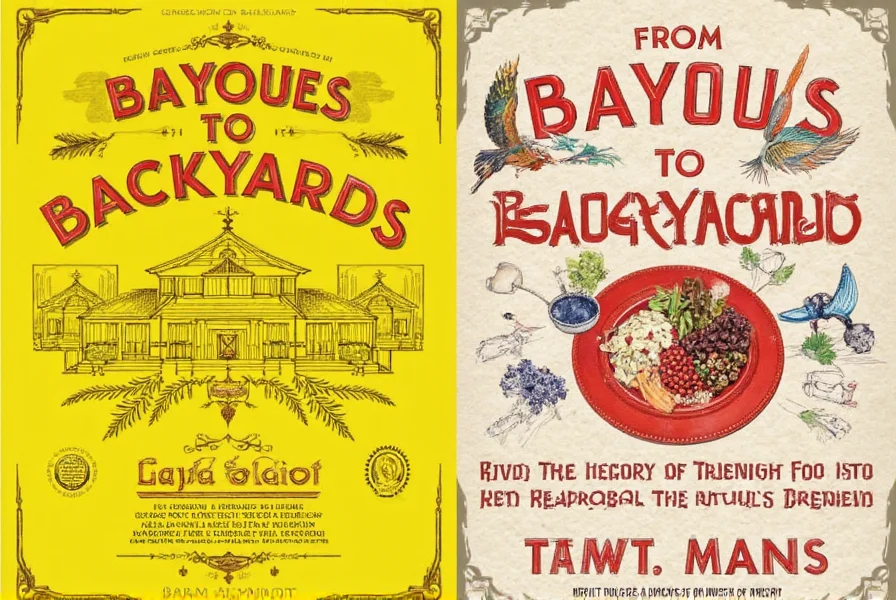
Modern Twists on Classic Cajun Dishes
While Cajun cooking has deep roots, it’s not stuck in the past. Chefs across the globe have taken classic elements and reimagined them with modern flair. Here are some contemporary interpretations worth trying:
Cajun Tacos
Swap tortillas for traditional plates! Cajun-spiced grilled shrimp tacos topped with slaw and avocado crema are a fresh, flavorful twist.
Cajun Pizza
Try a white pizza with andouille sausage, roasted bell peppers, mozzarella, and a dusting of cayenne. A fun fusion that satisfies both comfort and curiosity.
Cajun Popcorn Chicken
Crispy, bite-sized pieces of chicken coated in Cajun flour and fried to perfection—perfect for appetizers or game day snacks.
Cajun Ramen
A surprising but delicious combination—add Cajun seasoning to a miso broth and top with smoked tofu, bok choy, and soft-boiled egg.
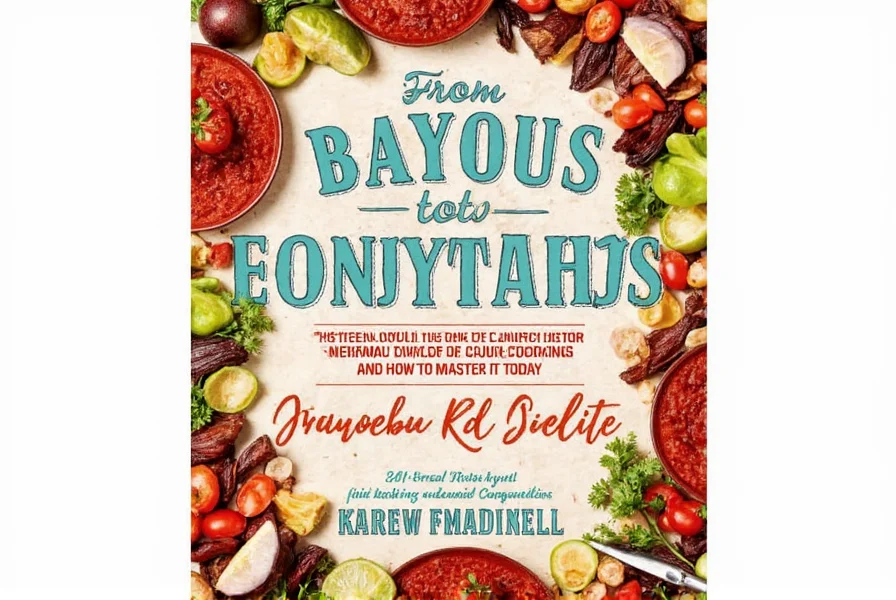
Conclusion: Spice Up Your Life with Cajun Magic
Cajun cooking is more than a set of recipes—it’s a living tradition forged from struggle, creativity, and community. From the bayous of Louisiana to your dinner table, its vibrant flavors and hearty spirit continue to captivate food lovers around the world.
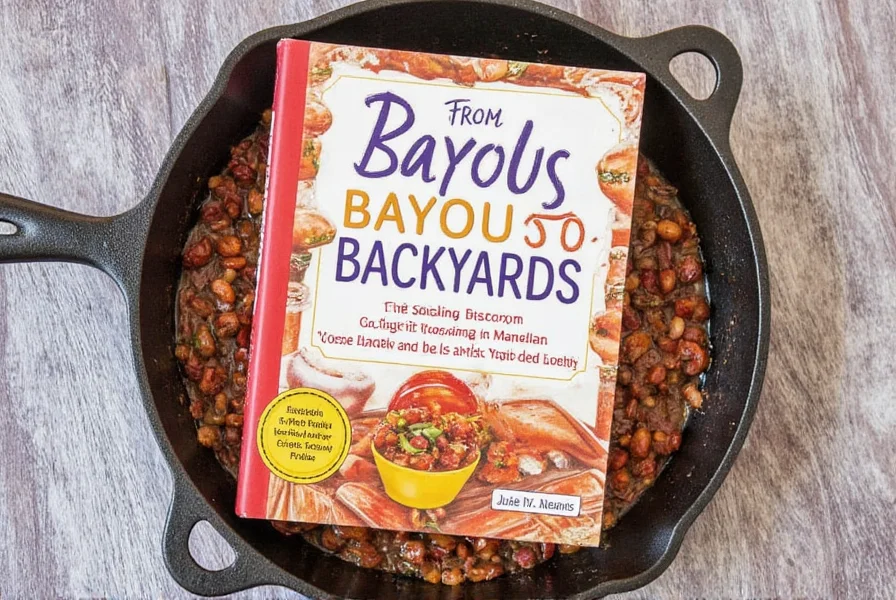
Whether you're roasting a whole duck for gumbo or experimenting with a Cajun burrito, remember: the essence of Cajun food lies in sharing, joy, and a fearless embrace of spice. So grab your cast iron, dust off your spices, and let the rhythm of the bayou inspire your next meal!

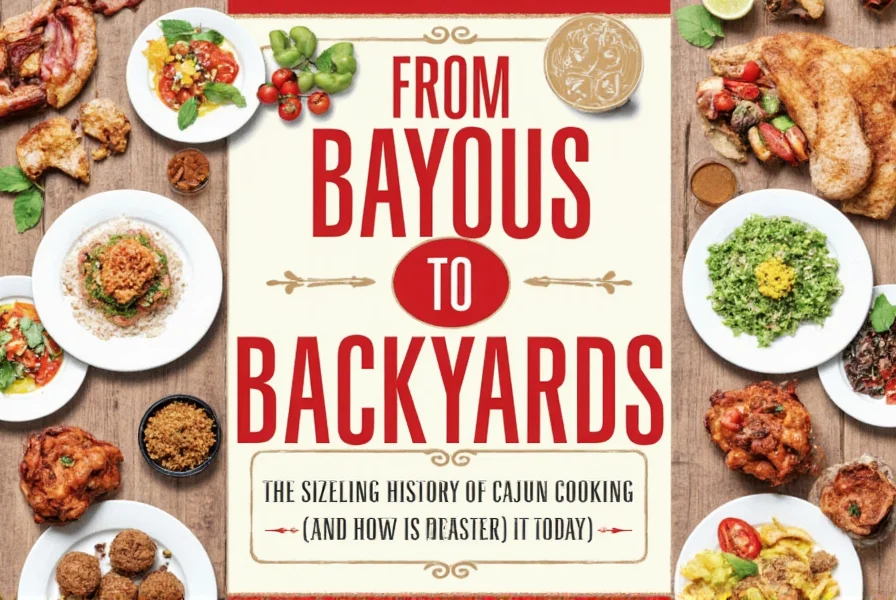









 浙公网安备
33010002000092号
浙公网安备
33010002000092号 浙B2-20120091-4
浙B2-20120091-4